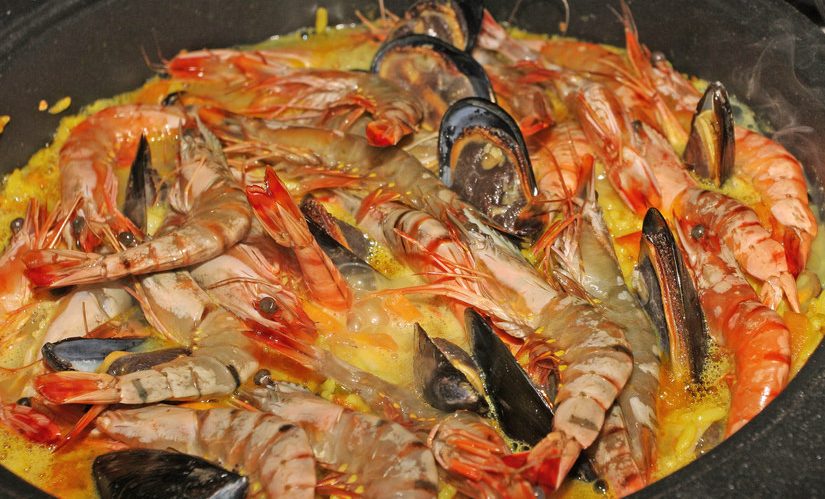“The real history is not in the food, it’s in the people. We are working against the loss of our cultural memory; against the consequences of institutional oppression; against indiscriminate and flagrant appropriation; and against courts of public opinion that question our authenticity, maturity, and motives in the revolutionary act of clarifying and owning our past.” (Twitty, 404)
Hear the voices of a black boy captured by the Natchez, a couple of mixed African origins that can’t get along, a white woman and her black mate, a black concubine to a white overseer, tri-racial groups living in mountains and swamps, and fifty languages—from Ladino to Cherokee to Kikongo to Gaelic to French and Canary Island Spanish and Serer—and you will understand how beautifully bewildering our heritage is, and why it was impossible to birth this cuisine anywhere else on the planet. (Twitty, 163)
The southeastern states contain some of the most delicious, flavorful foods in the country. Many characterize southern, or “soul” food as American cuisine, born in the United States. Through reading The Cooking Gene, by Michael Twitty I have come to realize that southern food has deep roots and a vast multi-ethnic background. The story of southern food is multifaceted; it is built on slavery, hardships, and a diminishing hold on the recollection of heritage, while also acting as an adhesive for community, empowering those who know it’s origins. I newly understand the depth of connection between people and their food. Southern cuisine is as complex in its derivation as those who created it. Its journey has been long, although only recently has ownership begun to be accurately allocated. Sadly, a great deal of cultural information has been lost due to little recording. Twitty has traced his heritage through food and connected it with modern day genealogy technology. The intricacies of his journey have helped me to understand why southern food is also called soul food.
